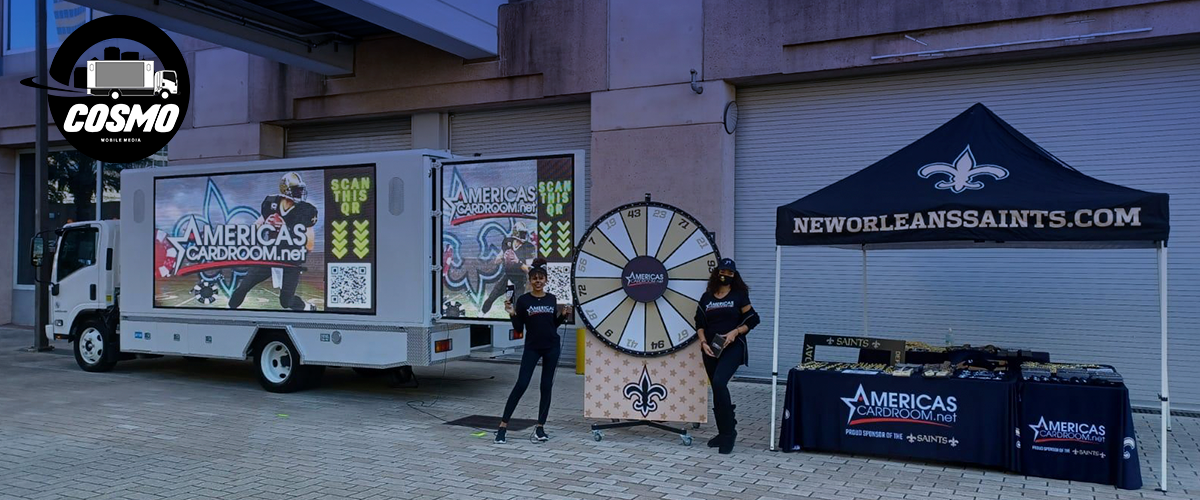Mobile Billboard Advertising: History and Evolution
In the early days of mobile advertising, it was relatively straightforward compared to the mobile billboards of today. Mobile advertising was limited to the use of horse-drawn advertising carriages, which were primarily used to promote carnivals and other travelling shows. These carriages were equipped with posters and billboards and would transport the advertisements from one location to another. Despite the limited reach and impact of these early mobile advertisements, they served as a forerunner for the later evolution of what we see today in the streets.
With the advent of the car in the early 1900s, mobile advertising became more important than ever. It allowed advertisers to reach a wider audience and cover more ground. The mobile billboard industry was born in the 1920s when the first mobile billboards were mounted on trucks. These billboards were big, bright, and eye-catching.
While these early billboard models were stationary, the ability to transport them from one location to another significantly increased their visibility and reach. Consequently, advertisers were able to direct their messages to potential customers directly, as opposed to waiting for them to arrive at their location. The truck-mounted billboard’s mobility enabled advertisers to advertise in previously inaccessible areas, including rural communities and small towns.
Illuminated mobile billboards were developed in the 1930s to enhance the visibility of mobile advertising. Neon lights, light bulbs, and strobe lights were employed to amplify the message of the advertisement. The illumination of mobile billboards increased the visibility of the advertisement at night or in low light conditions, enabling advertisers to reach prospective customers at any time of day or night.
In the late 1940s and early 1950s, mobile billboards were equipped with sound systems, which enabled the use of musical, voiceover, and other sound effects to draw the attention of potential customers. This added a new level of interactivity to mobile advertising, rendering it more captivating and memorable. Consequently, advertisers were able to combine visual and audio elements to create an immersive and unforgettable experience for prospective customers.
The demise of the mobile billboard sector was also due to alterations in American society in the post-war period. In the 1950’s and 1960’s, new forms of advertising emerged, such as television. These new forms of advertising were able to reach a much larger audience with more impact than mobile billboards.
Truck advertising came back to life in the 1990s thanks to new technologies that enabled more dynamic and interactive advertising. These billboards changed the industry by providing more dynamic and interactive ads that could be quickly updated and targeted to a specific audience.
Digital mobile billboards could display several ads on a rotating schedule. This allowed advertisers to target different audiences at different hours or locations.
One of the biggest benefits of truck advertising is that it can be tailored to a specific demographic and location.
As technology advances, the outlook for mobile advertising is promising. The utilization of GPS and other targeting technologies will enable advertisers to accurately target their target audience. By examining data from GPS and related sources, advertisers can identify the most likely location of their target audience at a particular time of day and then position their mobile billboard accordingly.
The potential implications of autonomous vehicles for mobile advertising are still to be seen. Self-driving vehicles could provide new opportunities for advertisers, as they could offer a captive audience not engaged in driving activities. Furthermore, advertisers could create fully immersive experiences in the vehicle, which would involve the use of virtual and augmented reality technologies to engage passengers. Such experiences could be customized to the particular route, location, or time of day, resulting in highly targeted and personalized advertisements


